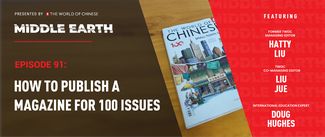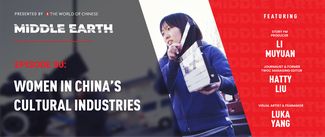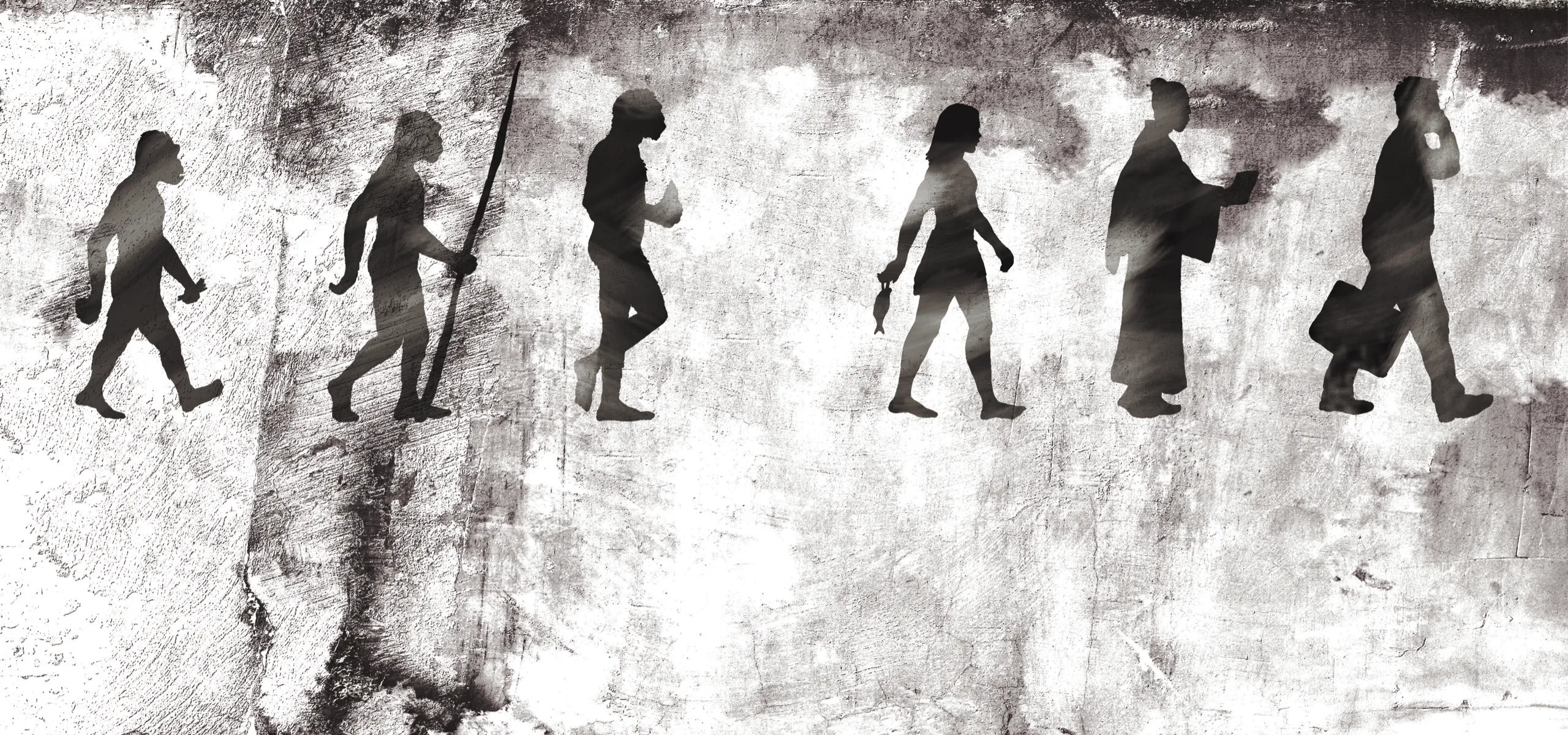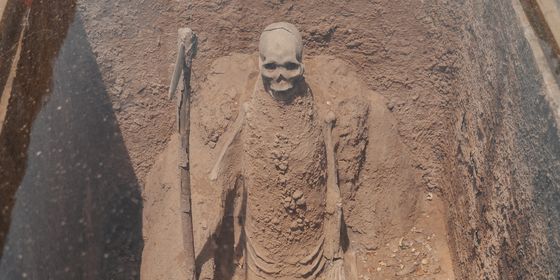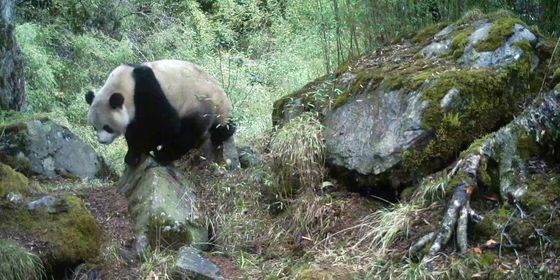Four discoveries of prehistoric humans in China and what they tell us about the origins of modern humanity
The beginnings of humankind can be a contentious subject. Irish Bishop James Ussher once set the date of creation (perhaps somewhat ludicrously) at just 4004 BCE, but in China there are family records that date back almost as far. Discoveries of human ancestors in China date back further—much, much further.
China’s rich geological diversity, along with its unparalleled fossil records and relics of early human activity, pose a question: What role did the land we know as China today play in the ascendance of humankind?
The Peking Man (北京人) is perhaps the most famous hominid resident of China. Unearthed from 1923 to 1927 at Zhoukoudian near Beijing, it was evidence of a transformative stage in human evolution from ape to human. It was classified as the genus Homo erectus, or “upright man.”
Unfortunately, most of the Peking man’s remains were lost when China fought off the invading Japanese in the 1930s and 40s. Deemed a national treasure, these lost fossils were the subject of international concern, sparking efforts to recover the remnants on land and by sea. Theories of the ancient remains’ whereabouts ran from the basement of a hospital to the imperial palace of Japan to the ocean floor.
Today, only the fossils of seven teeth, one humerus, one shinbone, one parietal bone, one occipital bone, and a section of jawbone remain in China, while three teeth are kept in the Uppsala University of Sweden. A fourth tooth was recently rediscovered in the university’s basement in one of the boxes sent from China for processing when the site was first excavated. This tooth somehow slipped through the cracks, only to be rediscovered to roaring headlines.
In 1987, Zhoukoudian was listed as one of UNESCO’s world heritage sites, and UNESCO emphasized its importance on its website by stating: “The Peking Man Site represents the most comprehensively and systematically studied site of Homo erectus…[it] also provides more precise scientific data for the study of the evolution, behavior, and paleoenvironment of Homo erectus than contemporary African and European sites.”




